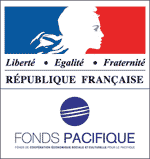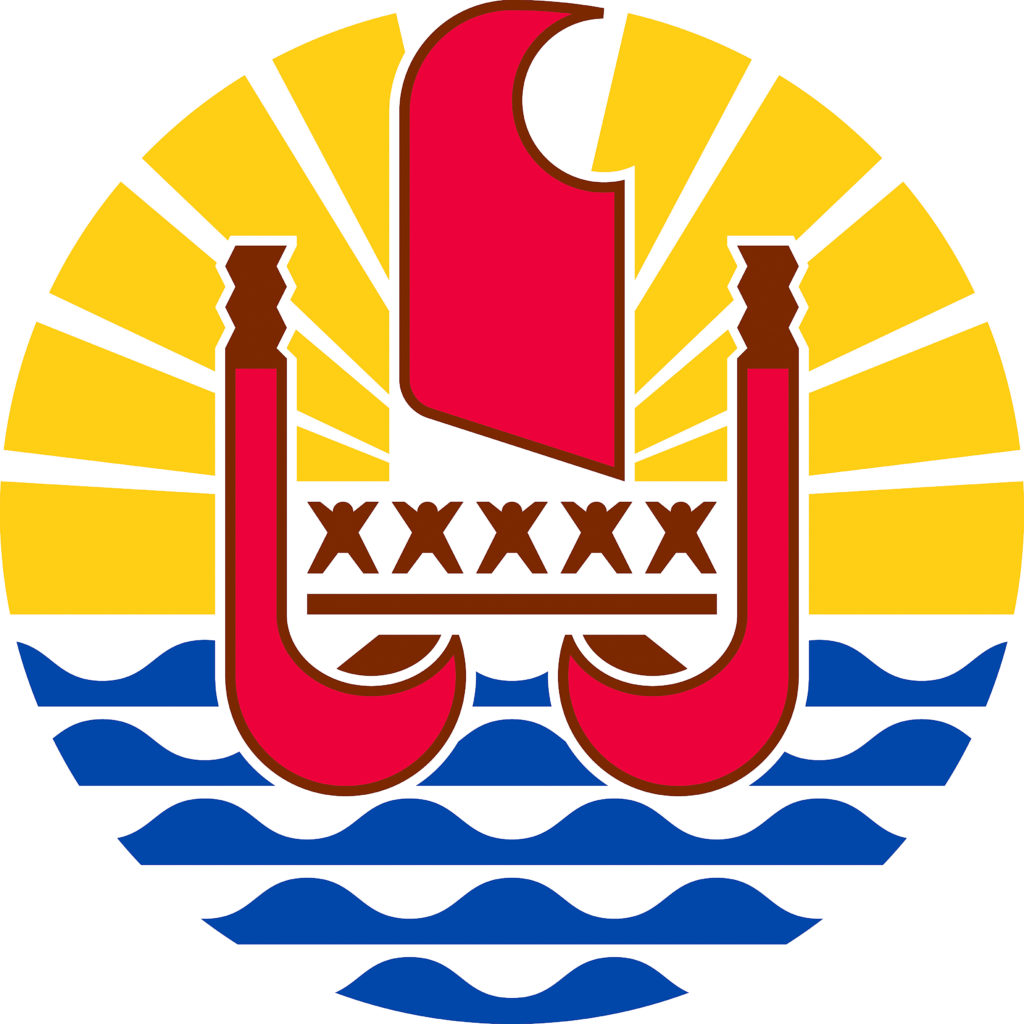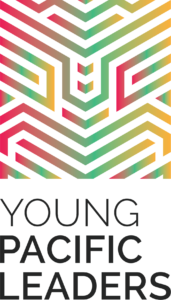Tiaki Moana
Tiaki Moana is a Pacific-grown initiative that brings together diverse ocean voices to explore marine conservation, community leadership, and pathways toward long-term ocean health. More than an event, it is a movement grounded in shared values, Indigenous knowledge systems, and the urgency of regenerating our ocean—together.
Tiaki Moana: Honoring Pacific Traditions in Marine Conservation
In March 2025, Blue Cradle convened the Tiaki Moana Summit & Workshop in French Polynesia, with the support of many partners. While one key focus was to provide clarity on marine OECMs (Other Effective area-based Conservation Measures)—known in French as AMCEZ—the gathering was much more than a technical dialogue. It created a platform for cultural exchange, intergenerational learning, and regional cooperation grounded in Pacific leadership.
Defined in 2018, OECMs are geographic areas outside formal protected areas that achieve long-term biodiversity conservation under equitable governance and management. They can be governed by Indigenous Peoples and local communities, governments, sectoral groups, private entities, and others. In the Pacific, examples of potential marine OECMs include bul, tapu areas, rāhui, mātaitai, taiāpure, customary fishing areas, and locally managed marine areas governed at the village, community, or tribal level.
Across Te Moana-nui-a-Kiwa, many of these systems already exist and function effectively. The Tiaki Moana gathering aimed to recognize, strengthen, and connect these efforts—discussing both opportunities and challenges for formally establishing and reporting OECMs under the global “30 by 30” biodiversity target.
Tiaki Moana underscored that true marine protection is relational—it requires trust, reciprocity, and leadership grounded in place. Rather than imposing frameworks from outside, the emphasis was on recognizing what already works, nurturing local governance, and supporting pathways for regional alignment and recognition under the 30×30 global target.
Through storytelling, cultural exchange, field visits, and facilitated sessions, Tiaki Moana served as a reminder that the Pacific holds not just examples of conservation—but a philosophy of care, balance, and deep ecological understanding. As the world looks toward implementing the post-2020 Global Biodiversity Framework, Tiaki Moana signals a clear message: the future of ocean protection lies in restoring relationships, honoring Indigenous leadership, and supporting place-based governance systems that have already shown the way forward.
Framed in Pacific worldviews, Tiaki Moana was not just about policy or science—it was about restoring our collective relationship with the ocean. The process builds toward an ambitious vision: a shared navigation chart for Pacific-led marine protection, and a possible bid to host IMPAC7 in the South Pacific.
A summary report and documentary film will capture the insights and relationships built through this process.
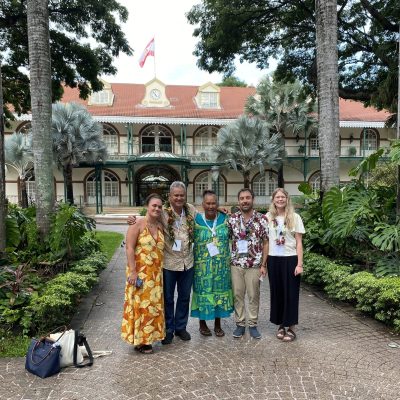
The event was coordinated with our local partners, the Rāhui Centre, the Federation of Rāhui Te Marae Mo’a and the Teva I Uta community.
(from left to right, Revaiti Rochette, Clement Vergnhes, Betty Tehei, James Nikitine and Sam Rowland)
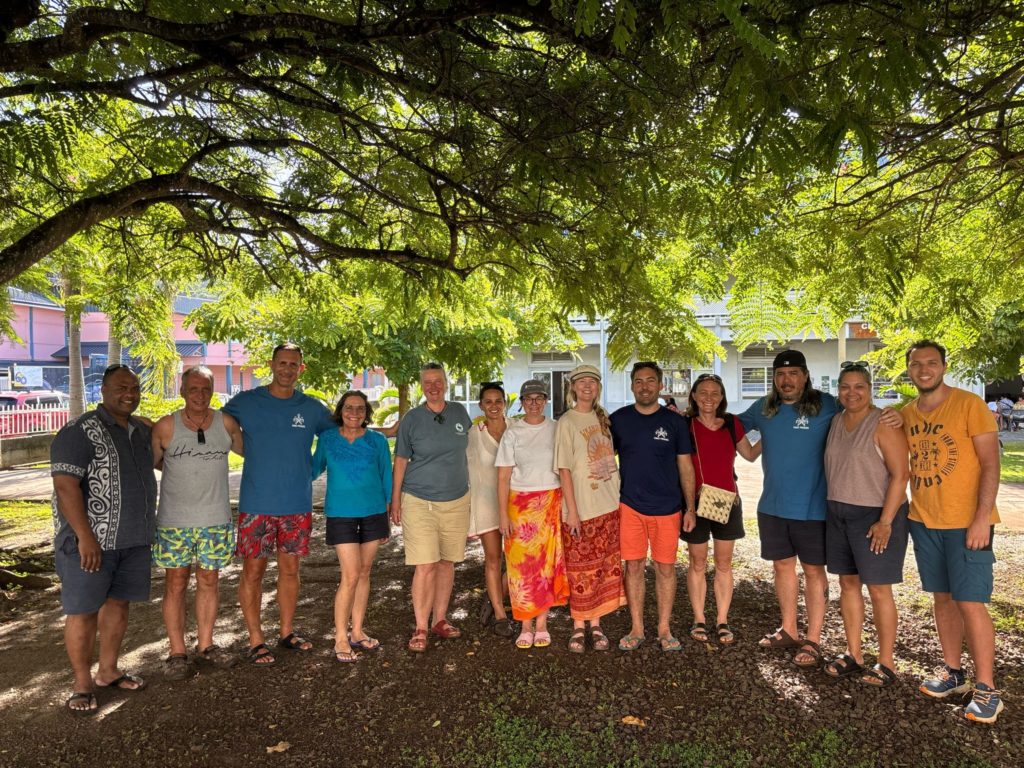
Part of the Tiaki Moana team. (from left to right, Alifereti Tawake, Matt Bateman, Dan Hikuroa, Michelle Rush, Katherine Short, Kaya Staples, Christina Eggers, Sam Rowland, James Nikitine, Cécile Berthe, Angelo Villagomez, Leah Talbot, Mehdi Balamissa.
Funded by:
